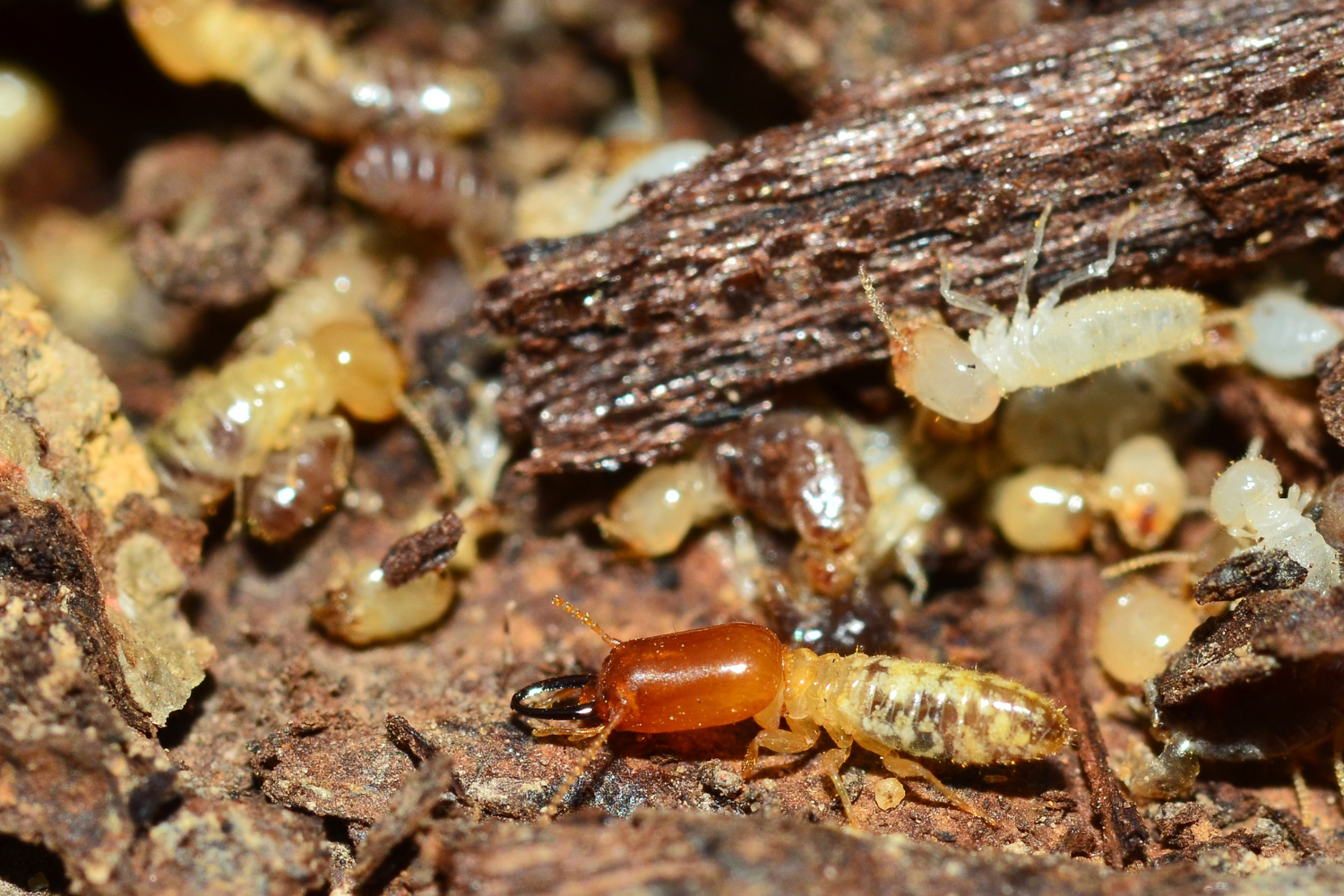Notifications

9 minutes, 22 seconds
-18 Views 0 Comments 0 Likes 0 Reviews

When it comes to protecting your home from termites, most people think of wood treatment, pest control chemicals, or structural repairs. But one of the most overlooked factors in termite prevention lies just outside your front door: your landscaping. The way you manage moisture and mulch around your home can significantly increase or decrease your risk of a termite infestation.
Termites thrive in warm, moist environments and feed on cellulose—the main ingredient in mulch and other organic landscaping materials. In this article, we'll break down how your yard might be attracting termites, what landscaping habits to avoid, and how to maintain a beautiful garden without inviting pests into your home.
Termites, especially subterranean species, live in the soil and build tunnels (called mud tubes) to reach above-ground food sources—usually wood and other cellulose-rich materials. They rely heavily on moisture to survive. Dry conditions can kill them off, while damp, humid environments encourage their spread and growth.
While mulch and garden beds can improve curb appeal, they can also create perfect conditions for termites if not managed properly. In fact, poorly maintained landscaping is one of the most common reasons termites find their way into homes.
Mulch is used to retain moisture in the soil, suppress weeds, and regulate soil temperature. However, most mulches are made from shredded wood or bark—essentially termite food.
Here’s how mulch can attract termites:
Mulch made from wood chips or bark provides the cellulose termites need to survive. While termites may not initially infest mulch itself, they’ll use it as a pathway to explore nearby wood structures like siding, decks, or foundations.
Mulch is designed to keep soil moist—which is great for plants, but terrible for termite prevention. Damp soil under a thick layer of mulch provides a humid environment where termites can thrive.
Termites often build mud tubes between the soil and wooden parts of your home. A thick layer of mulch hides these tubes, making early detection harder and allowing termites to invade undetected.
Just like mulch, excessive moisture in your yard attracts termites. Whether it's caused by poor drainage, leaking irrigation systems, or overwatering, moisture builds the perfect environment for subterranean termites to survive and spread.
Leaky garden hoses or irrigation lines
Overwatering lawns or flowerbeds
Poorly drained soil or standing water
Clogged gutters and downspouts
Air conditioner condensate discharge near the foundation
Moisture doesn’t just attract termites—it allows them to thrive and multiply, increasing the chances of a colony eventually reaching your home.
Fortunately, you don’t have to sacrifice your garden to keep termites away. With smart landscaping and a few adjustments, you can enjoy both a beautiful yard and peace of mind.
Instead of traditional wood-based mulch, opt for termite-resistant or non-cellulose alternatives, such as:
Rubber mulch: Made from recycled tires; doesn’t attract termites.
Gravel or crushed stone: Helps with drainage and provides no food source.
Pine straw: Though organic, it’s less attractive to termites than wood chips.
Cocoa hulls or composted leaves: Less durable, but less appealing to termites.
If you prefer to use wood mulch, keep it dry, apply it thinly, and never pile it directly against the home’s foundation.
One of the most important steps in termite prevention is to maintain a clear gap between mulch and your home. Experts recommend:
Keeping mulch at least 6 inches away from your home’s exterior walls
Limiting mulch depth to no more than 2–3 inches
Never allowing mulch to contact siding, posts, or door frames
This reduces the risk of termites using mulch as a bridge into your home.
Ensure water drains away from your home instead of pooling near the foundation. Here’s how:
Install or repair gutters and downspouts
Use splash blocks or extenders to divert water at least 1–2 meters away
Grade your landscape so that water naturally flows away from the structure
Fix low spots in your yard that collect rainwater
Keeping your foundation dry is one of the most effective termite deterrents.
Broken or misaligned sprinklers can overwater areas near your home. Regularly check for leaks or overspray and adjust systems so they water only the necessary areas.
Use drip irrigation lines in flower beds instead of sprinklers to reduce surface moisture and water only where needed.
Stacked firewood, tree stumps, and rotting wood are prime real estate for termites. Keep woodpiles elevated and stored well away from your house—preferably 6–10 meters. Remove dead roots, stumps, and old timber from the soil to eliminate attractants.
Trim back plants and shrubs: Ensure vegetation isn’t touching your home’s walls, as this can trap moisture and provide a hidden path for termites.
Install physical barriers: Consider installing gravel or a strip of bare soil between garden beds and your home’s foundation.
Inspect wooden structures: Regularly check fences, decks, and raised garden beds for signs of termite activity. Use pressure-treated wood for outdoor structures.
Seal foundation cracks: Termites can enter through even tiny gaps. Keep your home’s exterior sealed and well-maintained.
Even with diligent landscaping habits, termites can still pose a threat—especially in high-risk regions. If you suspect activity or want peace of mind, a licensed pest control professional can:
Inspect your yard and home for early signs of infestation
Recommend mulch and moisture management strategies
Apply preventative treatments or install baiting systems
Annual termite inspections are a wise investment, especially for homes in warm, humid climates or areas with a history of termite activity.
Your landscaping can do more than just boost curb appeal—it can either help keep termites away or invite them in. Mulch and moisture are two of the biggest termite attractants, but with some mindful changes, you can reduce your risk significantly.
By choosing the right mulch, improving drainage, and maintaining a dry, well-kept yard, you’ll create a less hospitable environment for termites. Combine these efforts with regular inspections, and your home will be well-protected from these destructive invaders.
Don’t wait until termites are already at work. Start from the outside in—and let your landscaping be your first line of defense.

